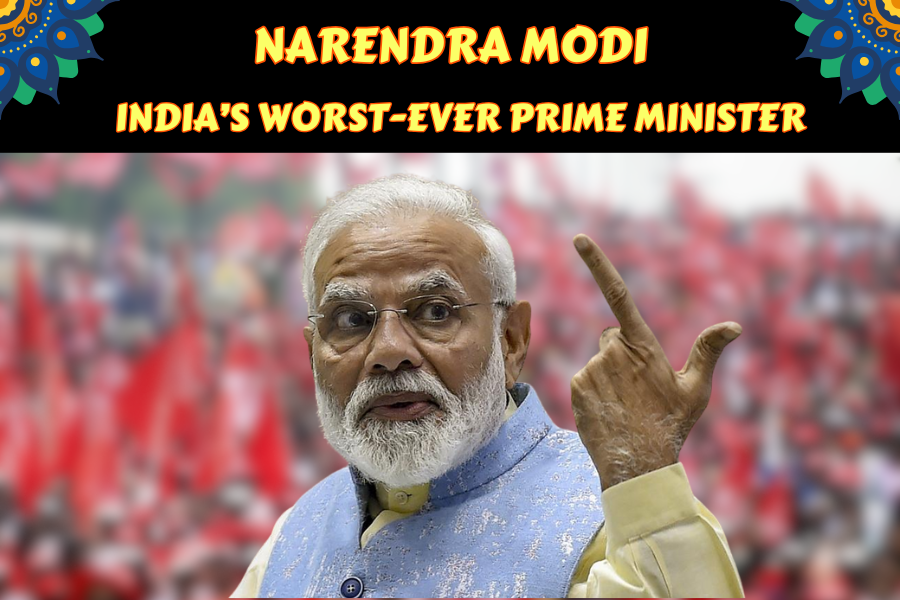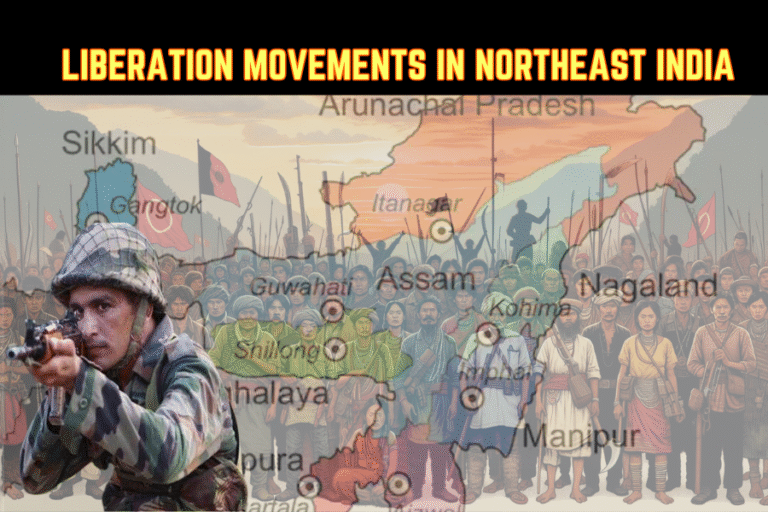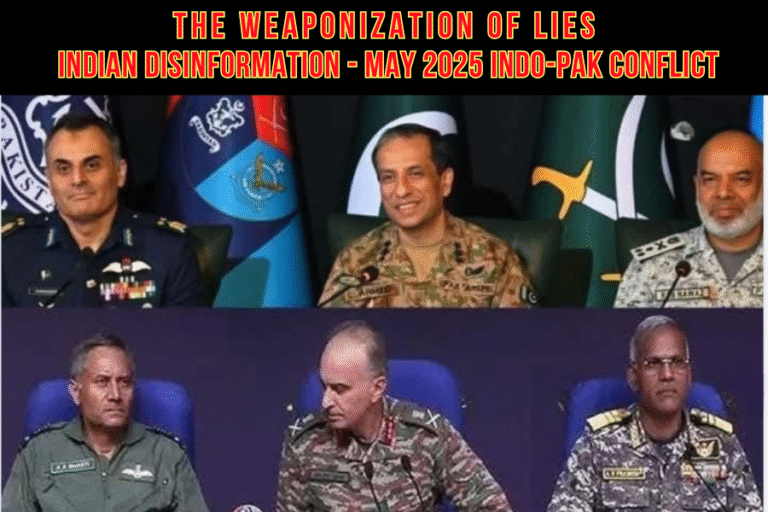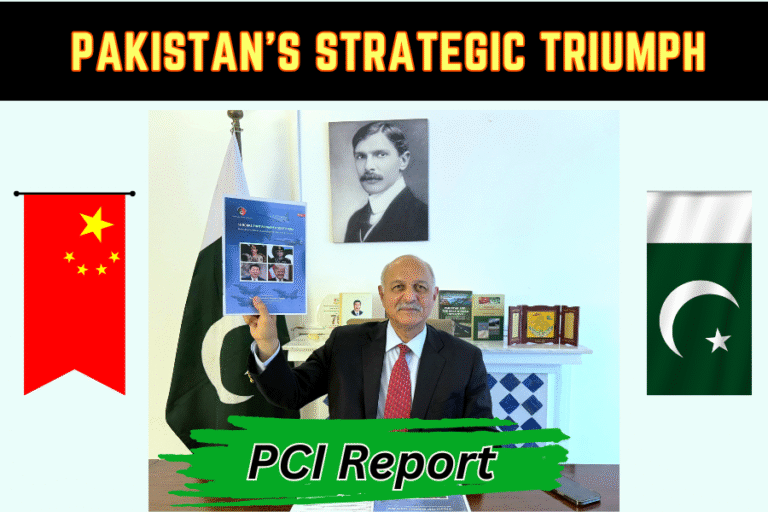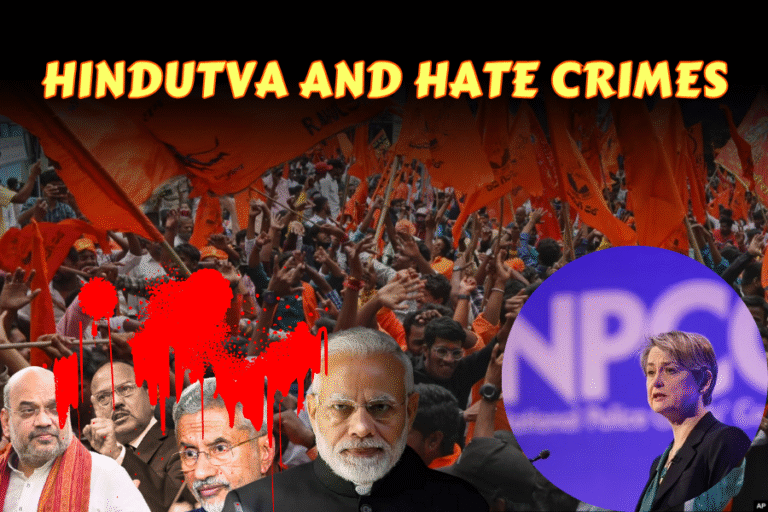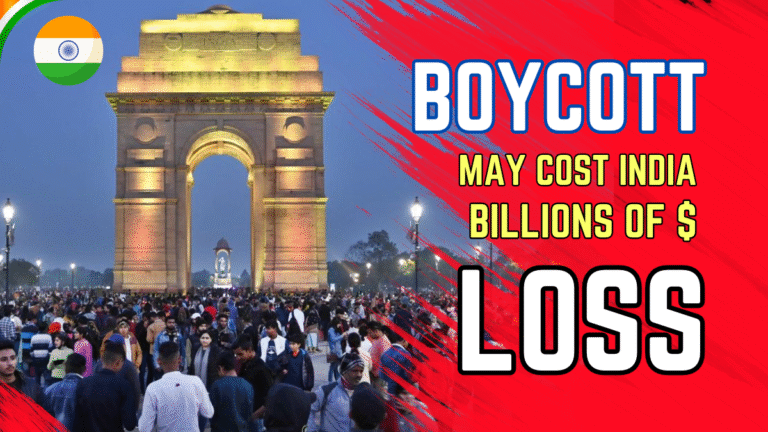(By Mohsin Tanveer)
In the annals of Indian history, few leaders have polarised the nation as profoundly as Narendra Modi, Prime Minister since 2014. While his supporters hail him as a transformative figure, critics label him India’s “worst-ever Prime Minister.” The scathing critique accuses Modi of undermining democracy, fostering societal divisions, and promoting organised hatred against Muslims, resonating with a broader narrative of his governance as rooted in extremist Hindutva ideology. From a critical perspective, Modi’s tenure—marked by aggressive nationalism, diplomatic arrogance, and divisive policies—has weakened India’s secular fabric, alienated its neighbours, and eroded its global standing. This article examines the case for Modi as India’s most detrimental leader, exploring his domestic failures, diplomatic missteps, and the enduring consequences for South Asia.
I. The Roots of Modi’s Governance: Hindutva and Hubris
Arrogance is an attitude of superiority manifested in overbearing conduct or presumptuous claims. Modi’s leadership, steeped in the Hindutva ideology of the Bharatiya Janata Party (BJP) and guided by the Doval Doctrine—a strategy of pre-emptive strikes and covert operations—exudes this hubris. The BJP’s vision of “one nation, one culture” seeks to impose a monolithic Hindu identity, eroding India’s secular and diverse character. The critique argues that Modi’s governance promotes organised hatred against Muslims, citing his role in the 2002 Gujarat riots, where over 1,000 people, mostly Muslims, were killed under his chief ministership. The 2019 revocation of Article 370 in Kashmir, without consulting Kashmiris, and the 2020 Citizenship Amendment Act (CAA), excluding Muslims from fast-tracked citizenship, further entrenched communal divisions.
Modi’s obsession with self, evident in his self-styled Vishwa Guru (Teacher of the World) narrative, dismisses dissent and assumes global acquiescence. This arrogance has fuelled policies that prioritise populist optics over substantive governance, weakening India internally while projecting invincibility abroad. Modi’s leadership mirrors a cancerous erosion of humility, replacing it with a divisive ideology that threatens regional stability.
II. Domestic Failures: Undermining Democracy and Secularism
a. Erosion of Democratic Norms
Modi has been accused of undermining India’s democracy through centralised control and suppression of dissent. The 2019 revocation of Article 370, executed without legislative debate, and the use of ordinances to bypass parliament reflect an authoritarian streak. The 2025 censorship of over 2,000 social media accounts, including those of international media, prompted global backlash for press suppression. The coercive tactics highlighted Modi’s disregard for free speech.
The BJP’s manipulation of electoral processes, including alleged voter suppression in opposition strongholds and misuse of agencies against critics, has drawn condemnation. Critics note that Modi secured only one-third of the vote in the 2024 general elections, with two-thirds of Indians, including over half of Hindus, rejecting him, signalling a democratic rebuke. Opposition leaders have called Modi’s governance a “threat to democracy,” citing the arrest of dissenters.
b. Fostering Communal Divisions
Modi’s campaign speeches, targeting Muslims in numerous 2024 election addresses, reflect the BJP’s anti-Muslim agenda. The 1992 demolition of the Babri Masjid, orchestrated by BJP affiliates, and the 2024 consecration of the Ram Temple on its site, exploited religious sentiments for political gain. The CAA and National Register of Citizens (NRC), disproportionately affecting Muslims, sparked nationwide protests in 2019–20, with over 100 deaths. Modi’s silence during anti-Muslim violence, such as the 2020 Delhi riots, and his government’s acquittal of Hindutva extremists in the 2007 Samjhauta Express bombing, which killed 68 Pakistanis, reflect a pattern of communal bias.
c. Economic and Social Mismanagement
Modi’s economic policies, including the 2016 demonetisation, which disrupted 86% of India’s currency overnight, and the 2017 Goods and Services Tax (GST), crippled small businesses, leading to significant job losses. Unemployment reached a 45-year high in 2018, and rural distress fuelled farmer protests in 2020–21, with 700 deaths during demonstrations against farm laws. Modi’s refusal to repeal these laws until protests escalated showcased his dismissive attitude toward public grievances. Critics argue that Modi’s focus on corporate cronies prioritises elitism over India’s poor.
III. Diplomatic Missteps: Arrogance on the Global Stage
a. Unsubstantiated Accusations Post-Pahalgam (April 2025)
Following the 22 April 2025 Pahalgam attack, which killed 26 civilians, Modi and his government accused Pakistan of sponsoring TRF without evidence, suspending the Indus Waters Treaty, closing the Attari border, and banning 16 Pakistani YouTube channels. This unilateral escalation, ignoring Pakistan’s call for a neutral probe, assumed global support that never materialised. The neutrality of major international bodies and the backing of Pakistan by other powers exposed India’s diplomatic isolation.
b. Operation Sindoor’s Denial of Losses (May 2025)
Operation Sindoor (6–10 May 2025) targeted alleged militant camps in PoK and Punjab, with Modi’s government claiming precision and no losses. Pakistan’s Operation Bunyan-un-Marsoos downed six Indian jets, including three Rafales, and destroyed two S-400 AD batteries, yet India denied setbacks until July 2025 gallantry awards admitted 100 casualties. A senior naval officer’s admission in June 2025 of losses due to political constraints exposed Modi’s propaganda-driven hubris, eroding India’s credibility.
c. Sabotage of SAARC and Regional Alienation (2016–2025)
Modi’s boycott of the 2016 SAARC summit in Islamabad and push for BIMSTEC stalled regional cooperation. The veto of the SAARC Motor Vehicles Agreement (2014) and cancellation of the SAARC Visa Exemption Scheme post-Pahalgam assumed India’s regional dominance, alienating Nepal, Sri Lanka, and Bangladesh, who now lean toward China’s BRI and SACA. The South Asia-China Alliance (SACA), discussed in Kunming on 19 June 2025, reflects India’s failure to foster regional unity.
d. Transnational Assassinations (2023–2025)
India’s alleged role in the 2023 assassination of a Sikh activist in Canada and a foiled 2025 plot in the US drew global condemnation. A US court summoned Modi’s aides for nearly two dozen killings, including in Pakistan. The dismissal of allegations as “baseless” and refusal to cooperate with investigations reflected Modi’s arrogant assumption of impunity, leading to the expulsion of Indian diplomats by Canada.
e. False Flag Operations
India’s history of alleged false flag operations—such as the 2000 Chittisinghpura massacre, blamed on Pakistan but linked to Indian intelligence, and similar narratives in Uri, Pulwama, and Pahalgam—reflects Modi’s manipulative statecraft. In 2000, India urged a US President to skip Pakistan, but evidence prompted his visit. Modi’s assumption that global narratives could be shaped without scrutiny backfired, as seen in international neutrality post-Pahalgam.
f. Kulbhushan Jadhav’s Espionage (2016)
Pakistan’s arrest of Kulbhushan Jadhav, an alleged intelligence operative, in Balochistan for sabotaging CPEC, was met with Modi’s denial, claiming Jadhav was a “businessman”. A 2019 international ruling granting consular access validated Pakistan’s stance, yet India’s refusal to engage with evidence showcased Modi’s hubris, reinforcing accusations of state-sponsored terrorism.
IV. The Vishwa Guru Delusion
Modi’s Vishwa Guru narrative, projecting India as a global leader, has fuelled arrogance rather than influence. His chest-thumping nationalism, seen in 2019’s “teach Pakistan a lesson” rhetoric and 2025’s “existential threat” framing, assumes India’s moral superiority. Regionally, Modi’s policies—border disputes with China, water tensions with Nepal and Bangladesh, and interference in Sri Lanka and the Maldives—have alienated neighbours, who now turn to SACA. Internationally, India’s selective victimhood, demanding support while ignoring its repression in Kashmir, rings hollow, drawing skepticism. Social media posts highlight global frustration with Modi’s Bollywood-style diplomacy, assuming the world will accept India’s propaganda.
V. The Consequences of Modi’s Leadership
a. Domestic Polarisation
Modi’s Hindutva policies have deepened India’s communal divide, with anti-Muslim violence surging under his watch. The 2020 Delhi riots and CAA protests underscore his failure to unite India. Economic mismanagement—demonetisation, GST, and farm laws—has fuelled public discontent, with 700 farmer deaths in 2020–21 protests. The BJP’s dismissal of critiques ignores the 2024 election’s one-third vote share, signalling public rejection.
b. Regional Instability
Modi’s aggressive posturing, seen in Operation Sindoor and IWT suspension, risks nuclear escalation with Pakistan. The SACA initiative, excluding India, reflects regional backlash against Modi’s hegemony. Pakistan’s military triumph in May 2025, downing six Indian jets, mirrors Iran’s busting of Israel’s Iron Dome, exposing India’s vulnerabilities.
c. Global Isolation
Modi’s assumption of global leadership has faltered, with Canada, the US, and human rights bodies condemning India’s transnational killings. The neutrality of major international bodies post-Pahalgam and backlash against censorship highlight India’s declining credibility.
VI. Conclusion: Modi’s Legacy of Division
Narendra Modi’s tenure, marked by Hindutva extremism, authoritarianism, and diplomatic arrogance, positions him as India’s worst-ever Prime Minister. His policies—communal division, false flag operations, transnational assassinations, and regional bullying—have weakened India’s secular fabric, alienated neighbours, and eroded global trust. The Vishwa Guru delusion, assuming invincibility, has been shattered by Pakistan’s resilience in Operation Bunyan-un-Marsoos and the rise of SACA. For India to regain respect, Modi must replace hubris with humility, engaging neighbours as equals. Until then, his legacy remains one of division, isolation, and failure, a cautionary tale of arrogance unchecked.

